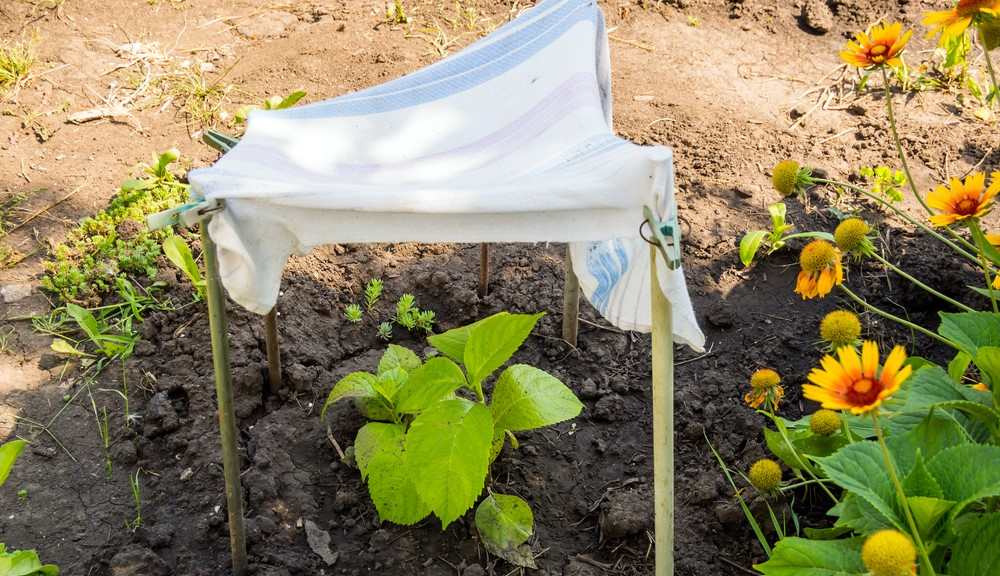Shade gardens can be enchanting and peaceful, offering a cool and tranquil retreat in your outdoor space. While some plants thrive in direct sunlight, many others are perfectly suited for low-light conditions. With careful plant selection, you can create a lush and beautiful shade garden that brings life and color to even the darkest corners. Here’s a guide to help you choose the right plants for shade gardens:
- Assess Your Shade Levels:
- Full Shade: Areas that receive no direct sunlight or very limited dappled sunlight throughout the day.
- Partial Shade: Areas that receive filtered or indirect sunlight for a portion of the day, usually for a few hours.
- Consider Plant Adaptations:
- Shade-Tolerant Plants: Look for plants that are naturally adapted to low-light conditions. These plants have evolved mechanisms to thrive in the shade, such as larger leaves to capture more light or the ability to photosynthesize in lower light levels.
- Foliage Focus: In shady areas, foliage becomes a prominent feature. Choose plants with interesting leaf textures, colors, and variegation to create visual interest in your garden.
- Selecting Shade-Loving Plants:
- Ferns: These elegant plants are perfect for shade gardens, offering feathery fronds and lush greenery. Consider varieties like Boston ferns, maidenhair ferns, or Japanese painted ferns.
- Hostas: Known for their attractive foliage, hostas come in a variety of colors, sizes, and leaf shapes. They are excellent choices for shaded areas and create beautiful ground cover.
- Heucheras: Also known as coral bells, heucheras offer a range of foliage colors, from vibrant reds and purples to soft greens. They add a pop of color to shady spots.
- Astilbes: With their feathery plumes in shades of pink, white, and red, astilbes provide a stunning display in shady gardens. They thrive in moist, well-draining soil.
- Bleeding Hearts: These delicate, heart-shaped flowers dangle from arching stems and bring a touch of charm to shady spots. They prefer cool, moist soil.
- Impatiens: These annuals are renowned for their ability to thrive in shade. Their vibrant blooms come in various shades of pink, red, white, and more.
- Hellebores: Often called Lenten roses, hellebores are early-blooming perennials that offer a range of colors and thrive in shade. They add a touch of elegance to any garden.
- Texture and Layering:
- Varying Heights: Create depth and interest in your shade garden by incorporating plants of different heights. Combine low-growing ground covers, medium-sized perennials, and taller shrubs to create layers.
- Leaf Shapes and Textures: Mix plants with different leaf shapes, sizes, and textures to add visual intrigue. Combining plants with bold, broad leaves with those that have fine, delicate foliage creates an engaging contrast.
- Soil and Moisture Considerations:
- Soil Type: Shade gardens often have moister soil due to reduced evaporation. Ensure good drainage to prevent waterlogging, especially in full shade areas.
- Mulching: Apply a layer of organic mulch around your shade-loving plants to conserve moisture, suppress weeds, and maintain a cool root environment.
- Experiment and Observe:
- Personal Preference: Every garden is unique, and personal preferences play a vital role. Explore different plants, experiment with combinations, and observe how they perform in your specific shade conditions.
- Trial and Error: Gardening is a journey, and not all plants will thrive in every shade garden. Be willing to try new varieties and adjust your plant selections based on your observations and experiences.
A shade garden can be a serene and captivating oasis. By choosing the right plants for low-light conditions, you can create a lush and inviting space that delights the senses and offers a cool respite on hot summer days. Embrace the beauty of shade-loving plants and enjoy the tranquility they bring to your garden.



